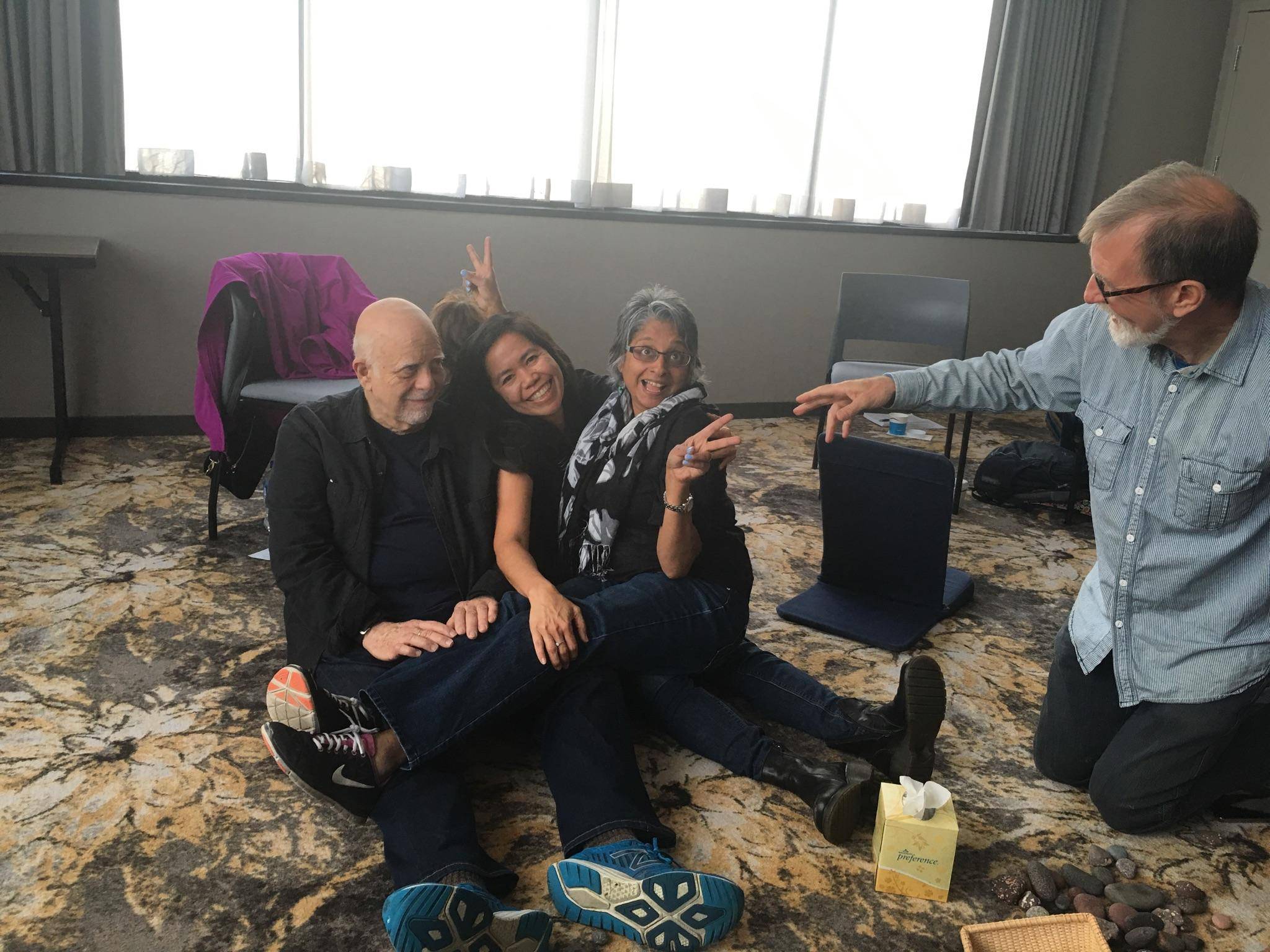Want Us To Contact You?
About Jim Amundsen, PhD, LP
After 35 years in private practice as a licensed psychologist, Jim closed his regular practice to devote more time to train therapists in the PBSP (Pesso Boyden System Psychomotor) method. He is President and founder of the United States PBSP Association, a 501c nonprofit corporation devoted to training psychotherapists in this method, which Bessel van der Kolk describes as “the only thing that works,” when it comes to treating trauma. (See chapter 18 in Bessel van der Kolk’s, “The Body Keeps the Score.”)
Jim, a certified PBSP Trainer, had trained with Albert and Diane Boyden Pesso since 1984 until Al Pesso’s death in 2016. Jim is married and lives in Minneapolis, MN. In his spare time he enjoys skiing, biking, ping pong and reading science fiction and fantasy novels.

About PBSP
The founders of PBSP, Al Pesso and his wife Diane Boyden Pesso, developed their method out of their careers in professional dance and theater. They believed that all humans are born with the capacity to experience lives of pleasure, satisfaction, meaning and connectedness (connectedness with others, with all of who we are) in spite of being in an imperfect world with much suffering. They also came to understand that our current consciousness, or our current experience, is constructed out of memory. This insight led them to develop a form a therapy that creates new, healthy, virtual memories. This is done is a kind of ritual that is called a “structure.” More specifically, the memories that form our current consciousness are implicit, emotionally tinged, procedural memories that we don’t usually consciously remember learning. Current neurological understanding divides our memory systems into two main types: narrative, or declarative memories and procedural memories. Narrative memories have words around them that we can declare. Such as when someone asks you, “What did you do last weekend?” You can give a narrative to the person about your weekend. Procedural memories are like body memories, like how to ride a bike or how to walk. Most of us don’t remember learning how to walk and yet that memory is called up whenever we walk. Traumatic memories tend to exist in this realm of implicit, procedural memories systems. For this reason, many cognitive based therapies tend not to access implicit memories and therefore never get to the core of what is bothering us. With the PBSP method, techniques are used in the structure experience that accesses these implicit memories through body sensations, gestures and other movements as well as through talking. When these implicit, emotional memories are evoked then a counter, healing memory is created in the structure experience that allows people to truly put the inhibiting, pain and symptom inducing, memories behind them.
Still Have Questions?
Book a meeting right now with one of our experts.
